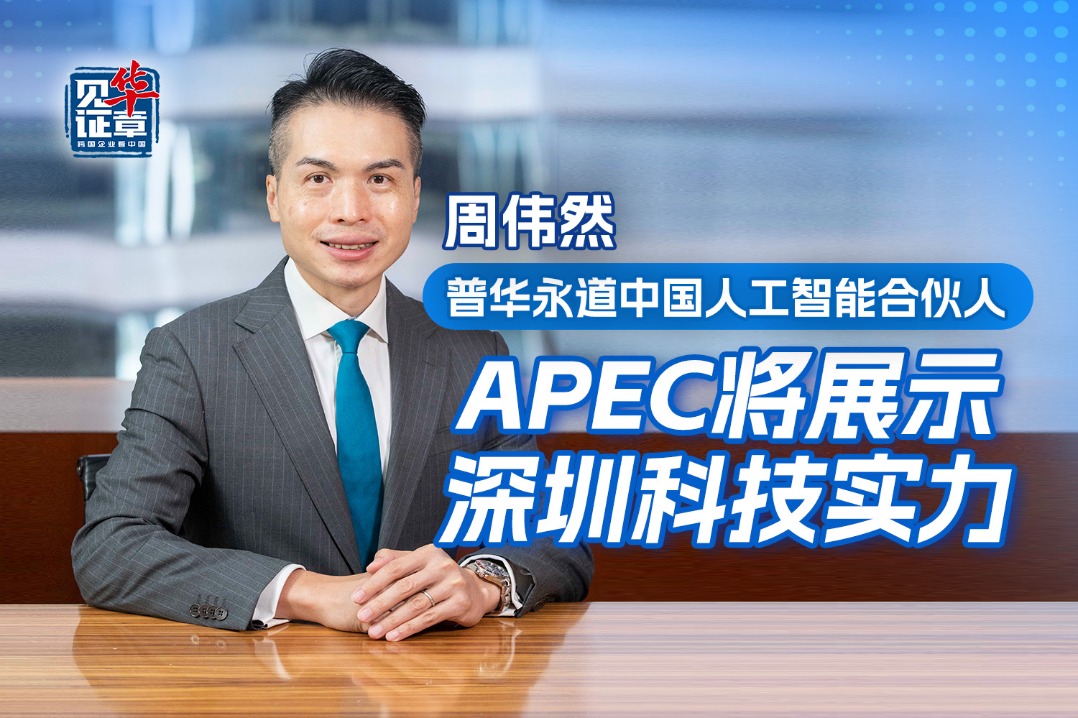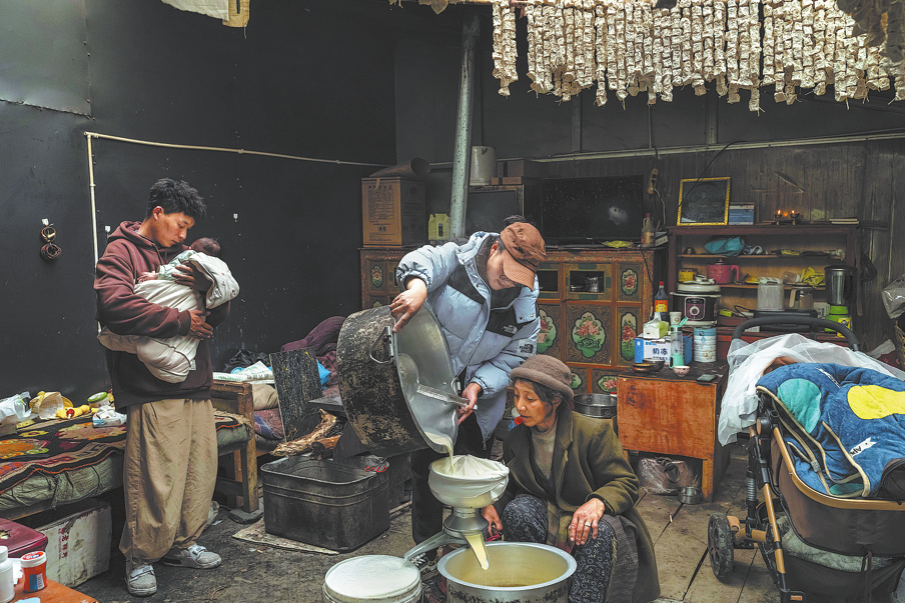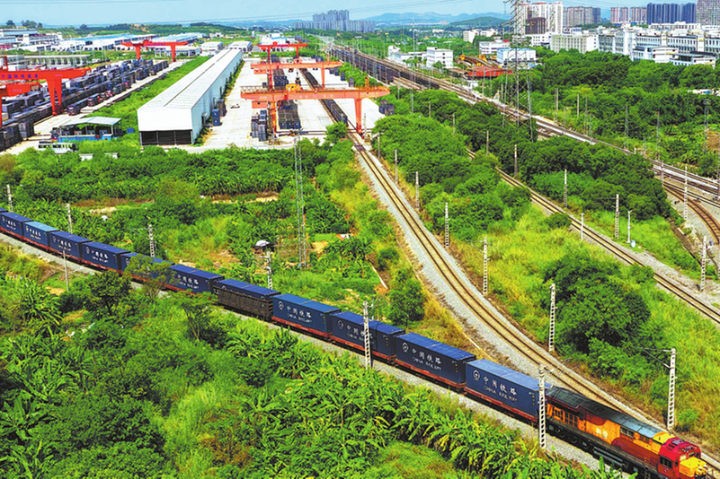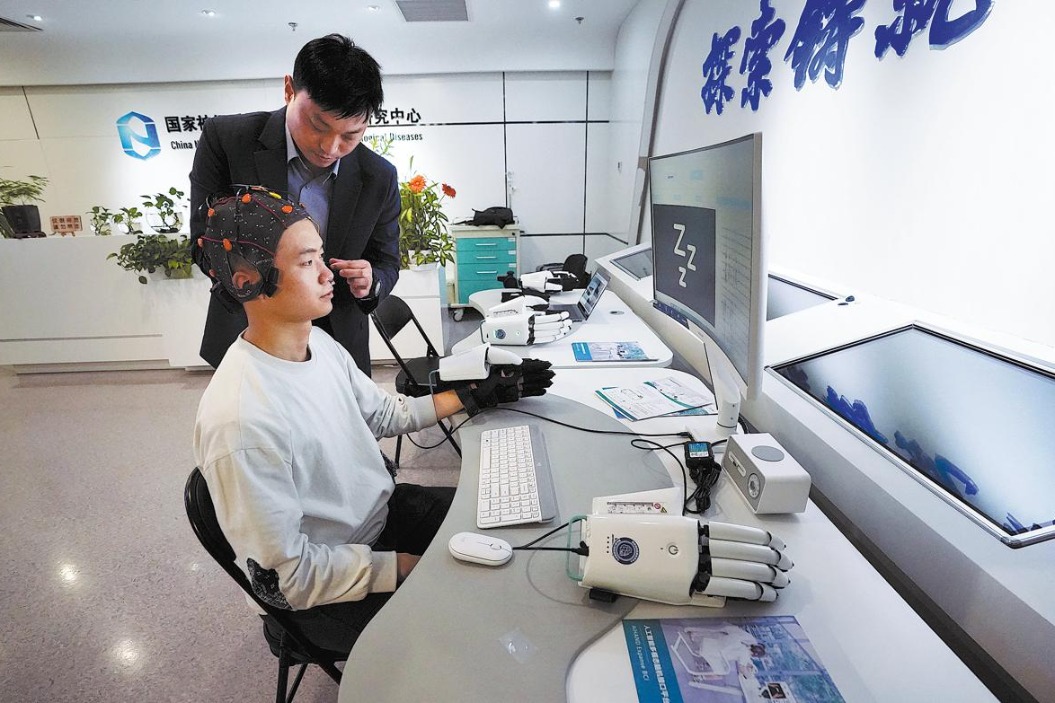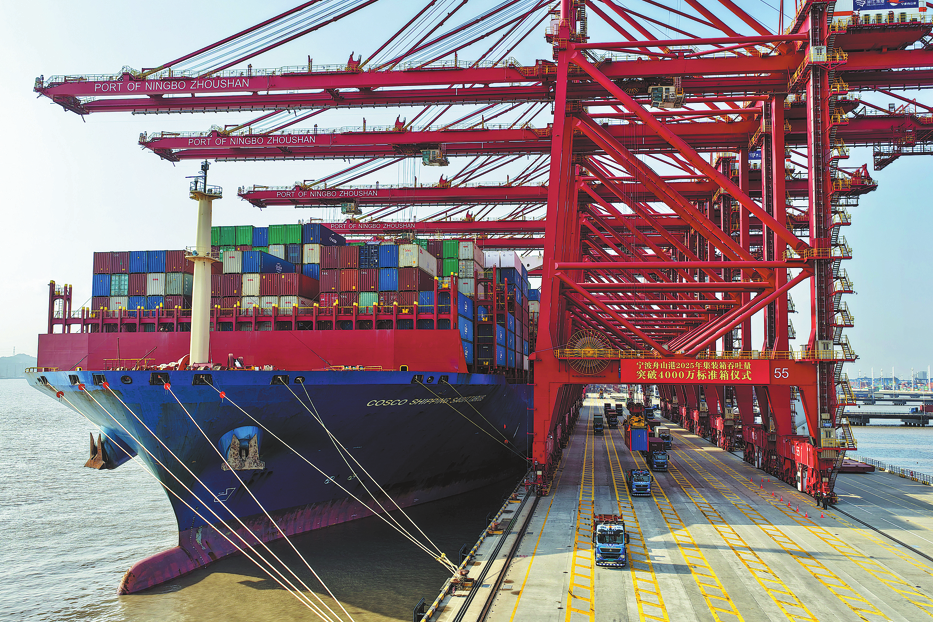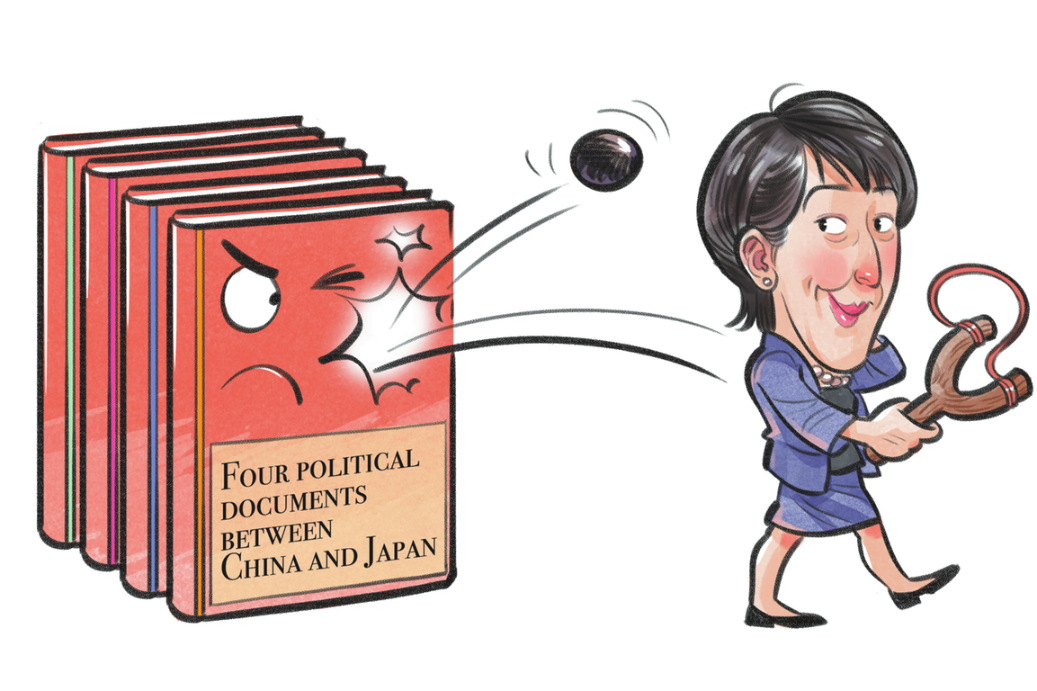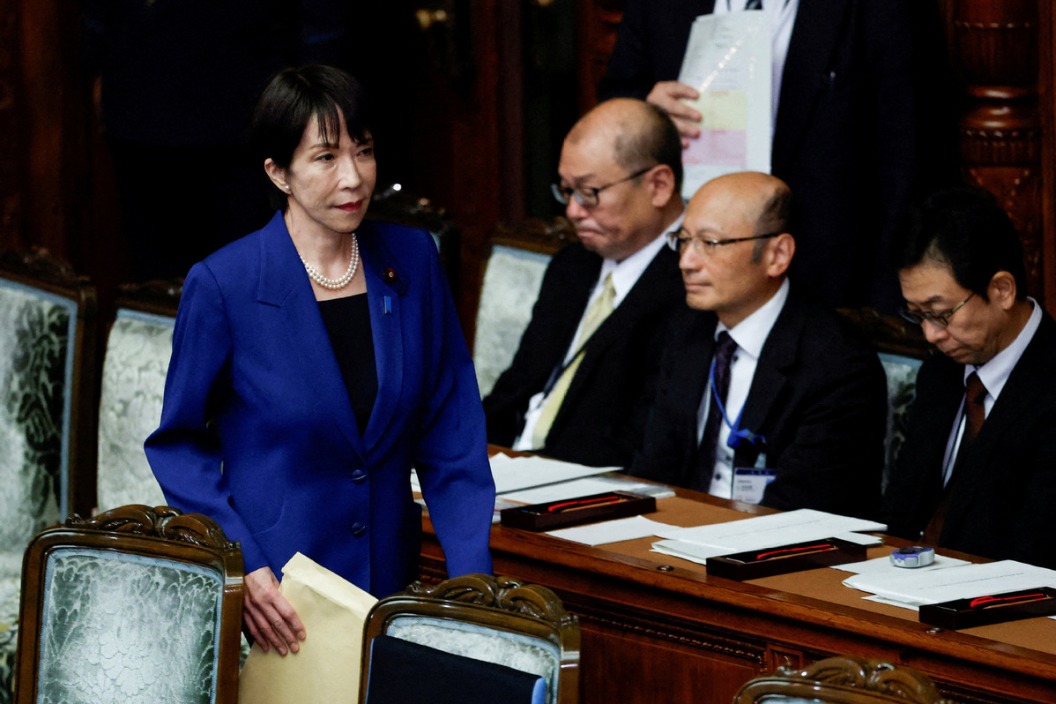Keys to common prosperity


High-quality development is essential to swelling the middle-income group and consolidating the country's poverty alleviation success
The Fifth Plenary Session of the 19th Central Committee of the Communist Party of China made strategic arrangements for promoting common prosperity.
Common prosperity should be realized through the joint endeavors of the entire society and voluntary third distribution, not by "robbing the rich to assist the poor".Basic public services, including healthcare, education, elderly care and housing, should be more affordable and available and the successes of the poverty-alleviation work should be consolidated to prevent those people lifted out of poverty from slipping back into it. To this end, efforts should be made on six fronts.
First, high-quality development holds the key to solving all problems in China and lays a foundation for promoting common prosperity. The pursuit of high-quality development is at the heart of the 14th Five-Year Plan (2021-25) for National Economic and Social Development. Only by pursuing high-quality development can the country promote sustainable economic development, further enhance its comprehensive strength, and give people a better sense of gain, happiness and security.
Second, China's middle-income group, which includes about 400 million people, needs to expand to form an olive-shaped social structure. The current size of China's middle-income group accounts for a small proportion of the total population, and the society still has a pyramid structure. China aims to enlarge the middle-income group to 700 million people by 2035, and over 1 billion by 2049, which will help the country boost domestic consumption and form a new development paradigm in which internal circulation is the mainstream. This will help China achieve stable and sound long-term development and realize its goal of common prosperity.
Third, the country should narrow the gaps between regions and promote balanced and coordinated development by synergizing the developed and less-developed areas, promoting integral development in regions of strategic importance, and coordinating the development of large and small cities. Efforts should also be made to break the urban-rural dual structure by improving mechanisms for integrated market development, promoting the unfettered flow of production factors, redressing the balance between development in urban and rural areas, and promoting the synchronized development of a new-type of industrialization, informatization, urbanization and rural modernization.
Fourth, the income distribution system needs to be improved to further reduce the wealth gap. On the one hand, the country should expand the total social wealth to deliver more fruits of development to the people. On the other hand, it should promote social fairness and justice by raising the proportion of labor remuneration in primary distribution, thus enriching the low-income population. Efforts should also be made to create more jobs and increase people's incomes.
The redistribution system, too, should be improved through more effective and targeted taxation and by knitting a tighter social safety net. And the role of third distribution should be given a better play by vigorously developing charities. Efforts should be made to protect legitimate incomes and adjust overly high earnings. At the same time, the country needs to crack down on revenues from monopoly and unfair competition to promote social fairness and justice and people's all-around development.
Fifth, wealth should be created through technological development and innovation. Technological innovation is the driving force of national prosperity and rejuvenation. It is also an important buttress for achieving common prosperity. The country should make more breakthroughs and innovations in key technologies, cutting-edge technologies, modern engineering technologies and disruptive technological innovation, and strive to achieve independent control of key technologies, seize the initiative of industry and development, and so gain a greater say in the international competition.
Achieving common prosperity is a long-term systematic process, which requires an efficient market and a well-functioning government. The whole of society should be encouraged to achieve prosperity through hard work and innovation. This is the fundamental way to achieve common prosperity.
For its long-term development, China needs to build platforms for technological innovation and create a better social climate for innovation. It should create more equitable and fairer conditions to improve people's level of education and enhance their development capacity to enable upward mobility, and give people more opportunities to improve their livelihoods. While providing basic public services in a more equitable way, the country should guard against the risk of falling into the trap of welfarism.
Sixth, efforts should be made to give follow-up assistance to those pulled out of poverty. Eliminating absolute poverty in a country of 1.4 billion people marked a milestone forward in achieving common prosperity. Nevertheless, the rural areas that have shaken off poverty are still plagued by problems such as a weak industrial foundation, unstable employment, a disproportionate share of incomes from favorable government policies, and the lack of a sound system that bonds poor households to the agribusiness entities they work for. To address these problems, the main supporting policies should be sustained and coordinated development and pair-up assistance between the eastern and western areas should be promoted. Governments at all levels should shoulder their due responsibilities to solidify the poverty-relief results and prevent people who have been lifted out of poverty from slipping back into poverty on a massive scale.
The author is a senior researcher with the CITIC Foundation for Reform and Development Studies, and deputy chief editor of Economic Herald.
The author contributed this article to China Watch, a think tank powered by China Daily.
The views do not necessarily reflect those of China Daily.
Contact the editor at editor@chinawatch.cn
















